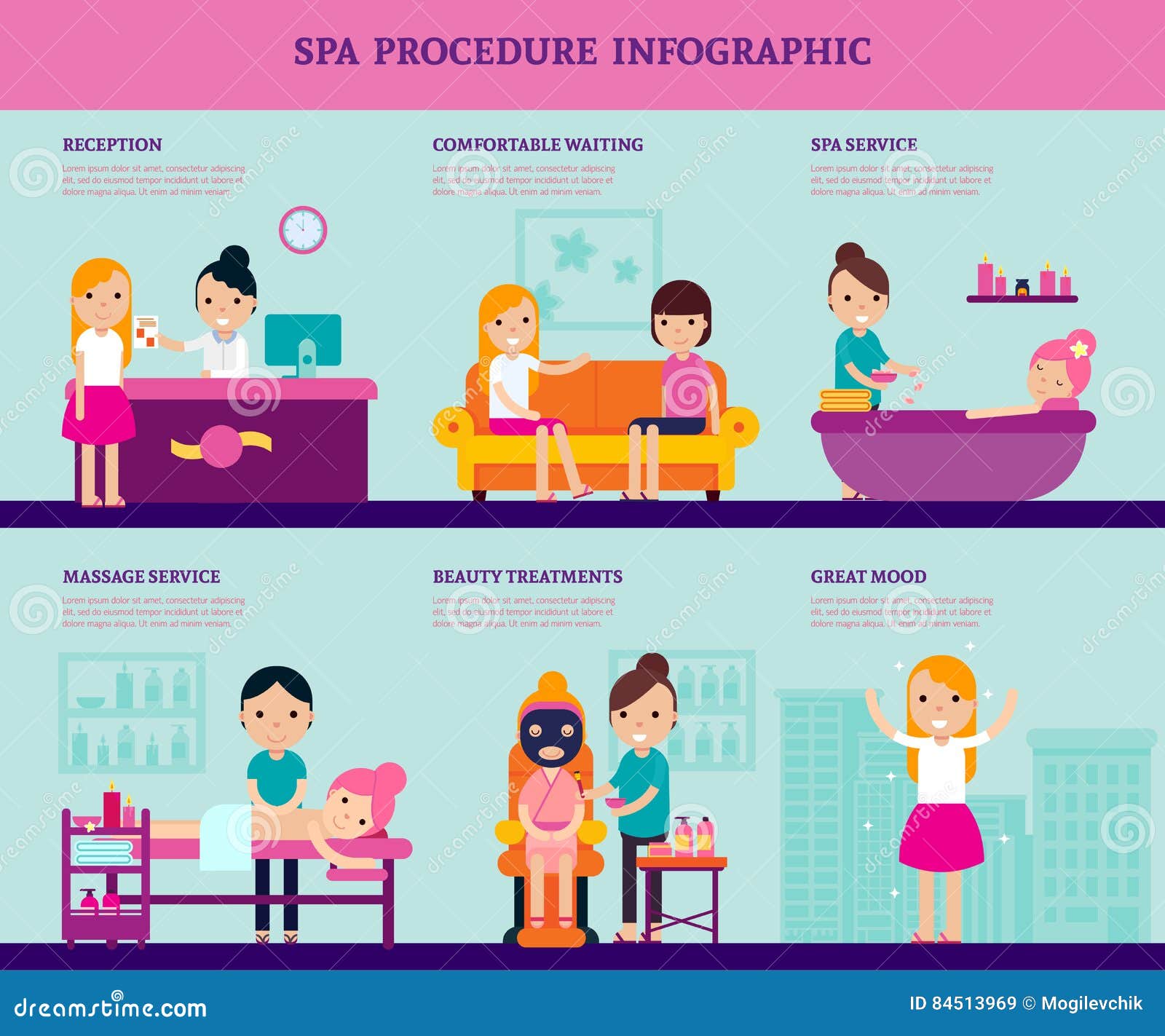Are Oil Free Products Necessary
Are Oil Free Products Necessary
Blog Article
Just How Does Photodynamic Treatment (PDT) Work?
Photodynamic treatment (PDT) combines a light-sensitive medication with special light to eliminate cancerous and precancerous cells. Your medical professional puts the medicine on your skin or inside your eye and then beams a light on the treatment location.
This mix kills cancerous cells and spares healthy and balanced cells. Yale Medication pulmonologist George Eapen, M.D., describes exactly how this works.
The Photosensitizer
Photodynamic therapy (PDT) makes use of a mix of light and a medication called a photosensitizer to eliminate malignant or precancerous cells and spare healthy and balanced cells. You get a shot of the photosensitizer, which is after that triggered by light in your body. The photosensitizer is taken in by both healthy and cancerous cells but isn't harmful until it is activated by the light.
Light-absorbing molecules, known as photosensitizers, are found in plants and animals, consisting of human beings. There are lots of photosensitizers, however many are able to soak up a details series of light wavelengths.
When the photosensitizer is subjected to a light with a matching spectral range, it's transformed from its ground state right into an ecstatic singlet state. This enables it to transfer energy to molecular oxygen, creating singlet oxygen and cost-free radicals that moderate cellular toxicity.
The Light
Throughout therapy, a special light is shined on the area where the photosensitizer was applied. This light activates the drug and damages cancer cells or precancerous cells that it has actually targeted.
The medicines that are utilized in photodynamic treatment have different absorption residential or commercial properties and some of them might take hours to leave regular cells however stay longer in cancer cells or precancer cells. This process allows the doctor to target cancer cells more specifically than various other kinds of treatments that use visible light, such as lasers or electrocautery [54]
Photodynamic treatment can deal with the earliest areas of sunlight damage known as actinic keratosis and can decrease skin cancer cells advancement in people at high risk for creating the condition. It is also an alternative for some clients with damp type age-related macular degeneration, which is an usual root cause of loss of central vision in older grownups. It can not restore the loss of vision brought on by this illness, yet it can decrease the progression of uncommon blood vessel development that triggers wet AMD.
The Activation
Photodynamic treatment (PDT) utilizes a medication and light to deal with cancer and various other skin problem. It targets precancerous cells and kills them. Unlike various other cancer therapies that burn and ruin, this treatment eliminates precancerous cells while saving healthy cells.
The photosensitizer is delivered right into the skin through topical, dental or intravenous administration. It is soaked up by the tumor cells and turned on when exposed to light of a certain wavelength. This sets off a series of photochemical reactions that creates reactive oxygen types (ROS) that damages growth cells and kill cancer cells.
PDT is usually used to deal with actinic keratoses top rated beauty and med spas with 5 star reviews and in situ squamous cell cancer (Bowen condition). It can likewise be made use of to treat various other types of skin cancer cells, consisting of shallow basic cell carcinoma. It can be made use of alone or with other treatments, such as surgical procedure or radiation. It can even reduce tumors in the lungs, permitting surgery or various other therapy to be risk-free and reliable.
The Treatment
PDT functions ideal in small irregular areas of tissue that a source of light can reach, such as the skin, eyes, mouth or food pipeline (gullet) and lungs. It is also utilized to deal with precancerous growths, such as actinic keratoses, which are sun-damaged cells that can become cancer cells.
Doctors provide the photosensitizer as a lotion or injection, and after that beam a light on the treatment area. The light damages the abnormal cells. While healthy cells soak up the photosensitizer, it stays much longer in malignant cells.
After the procedure, your body naturally disposes of the dead cells. Clients with lung cancer cells might experience coughing up blood or have a bronchoscopy to remove the lungs of the dead cells. In many cases, your doctors may make use of a bronchoscopy to remove the photosensitizer from the lungs also if it triggers significant symptoms. It is very important to remain inside and use sunscreen when you go outside while the photosensitizer remains in your system.